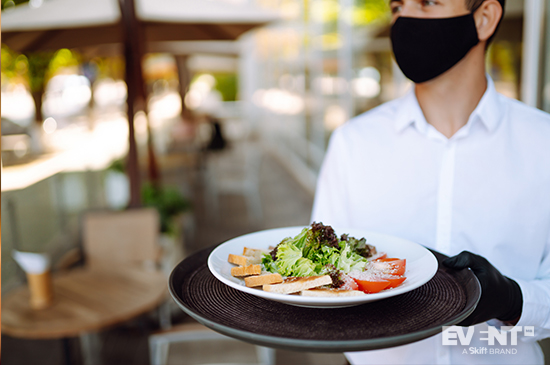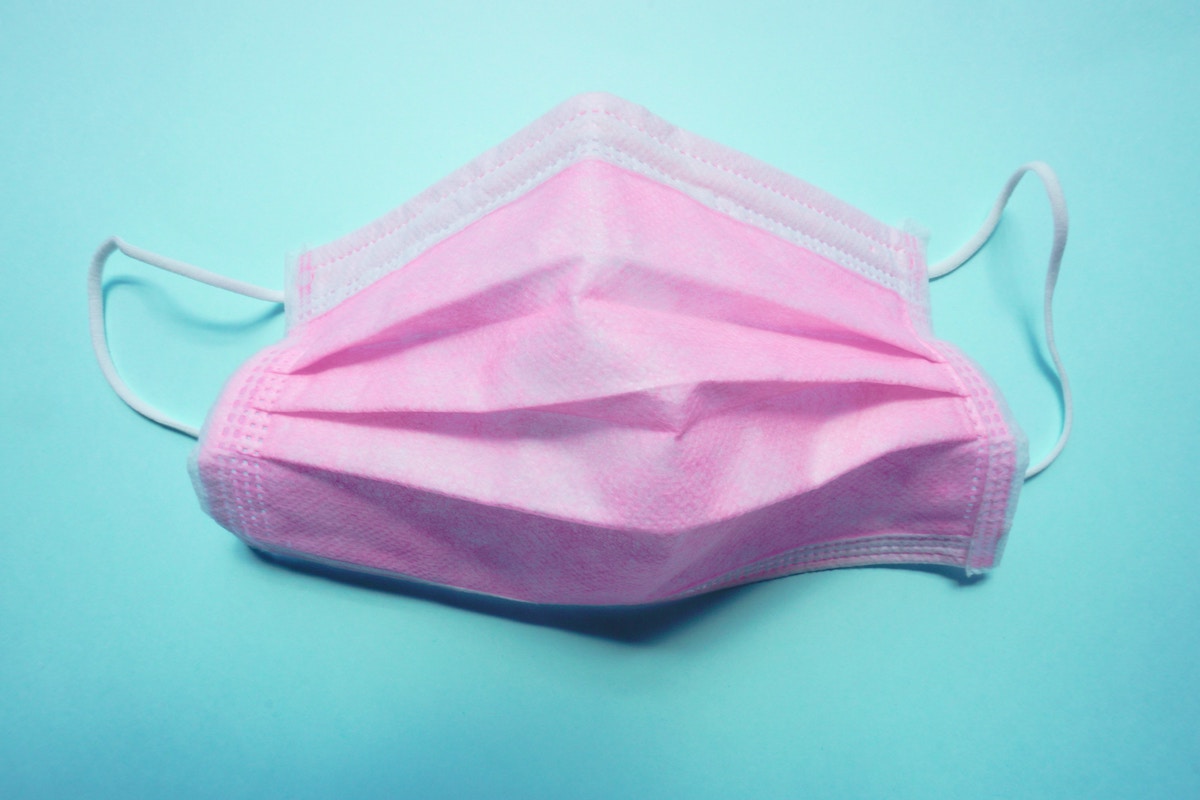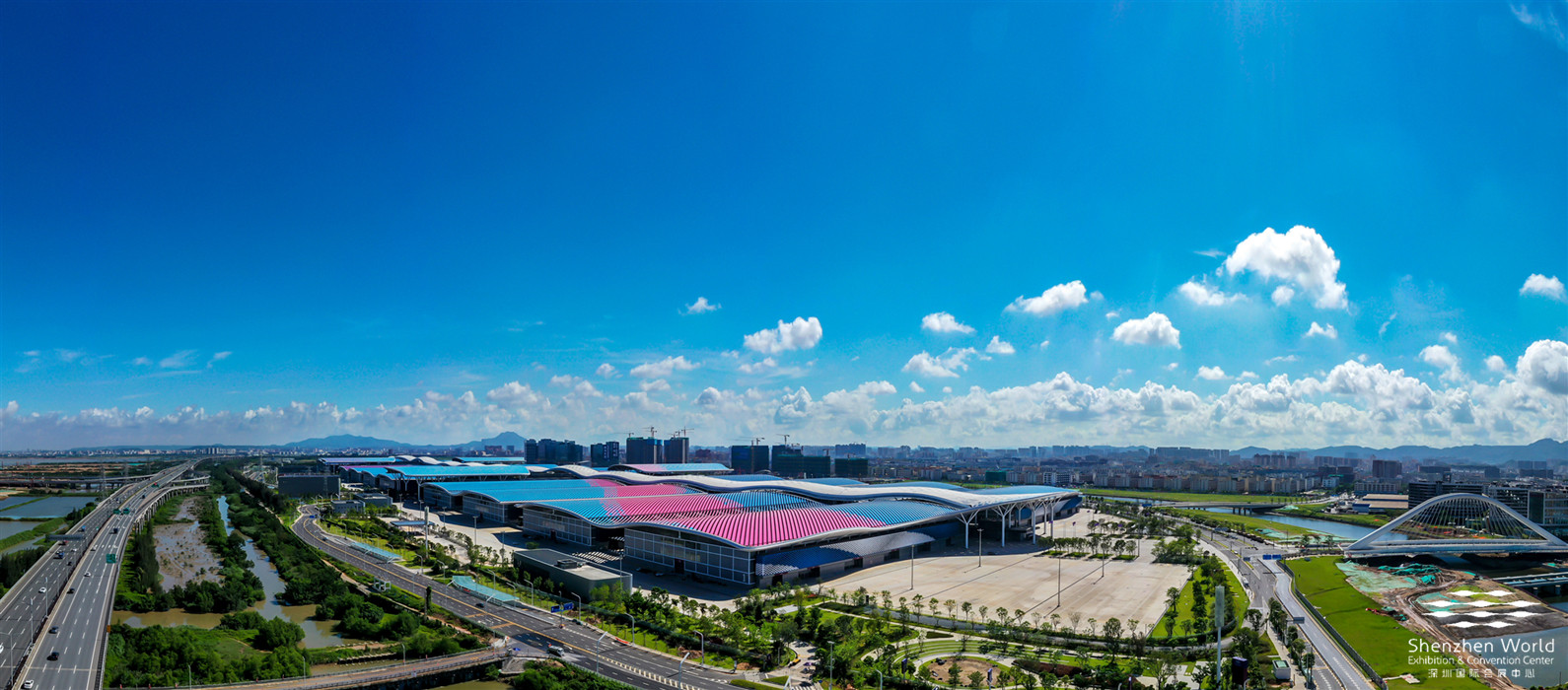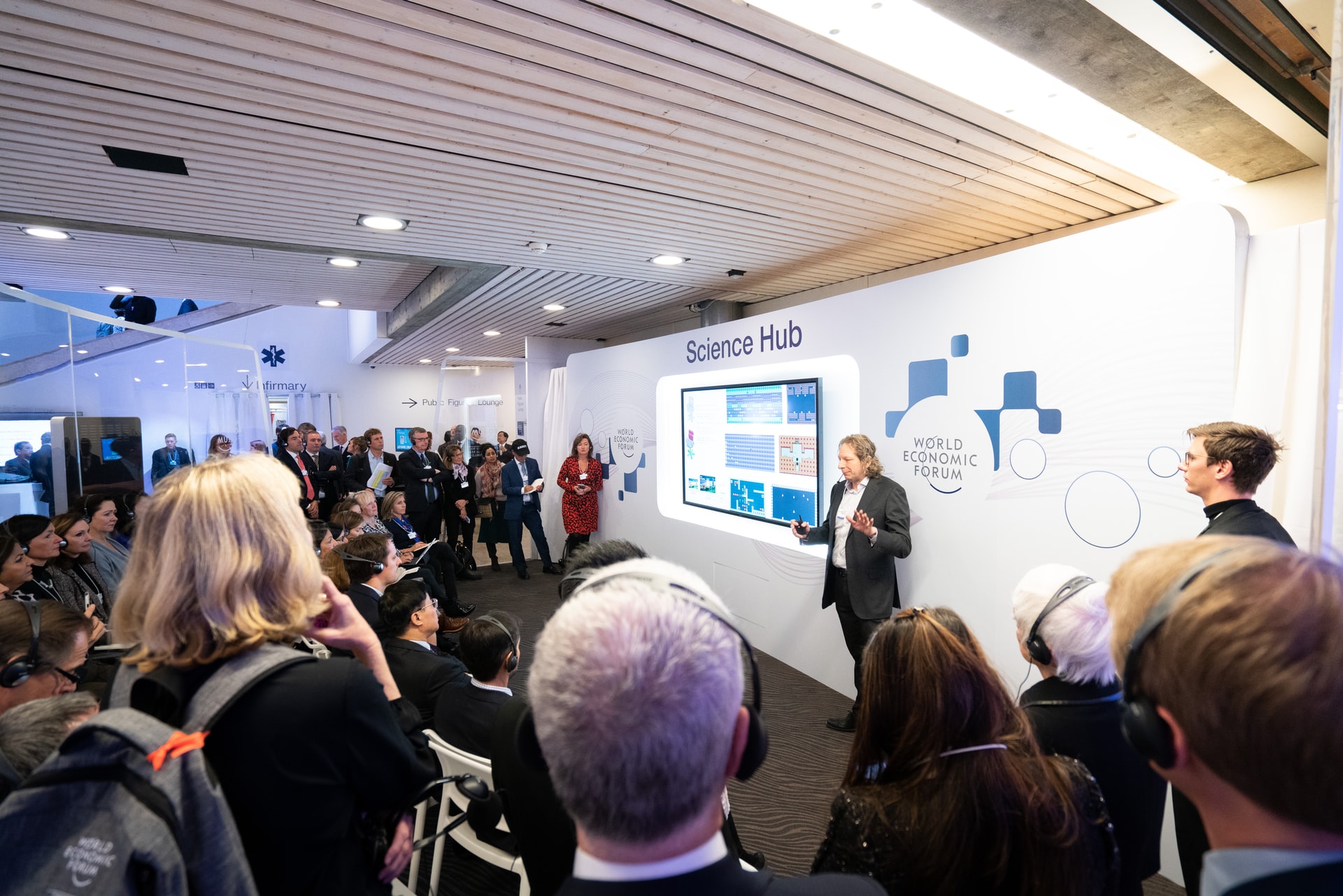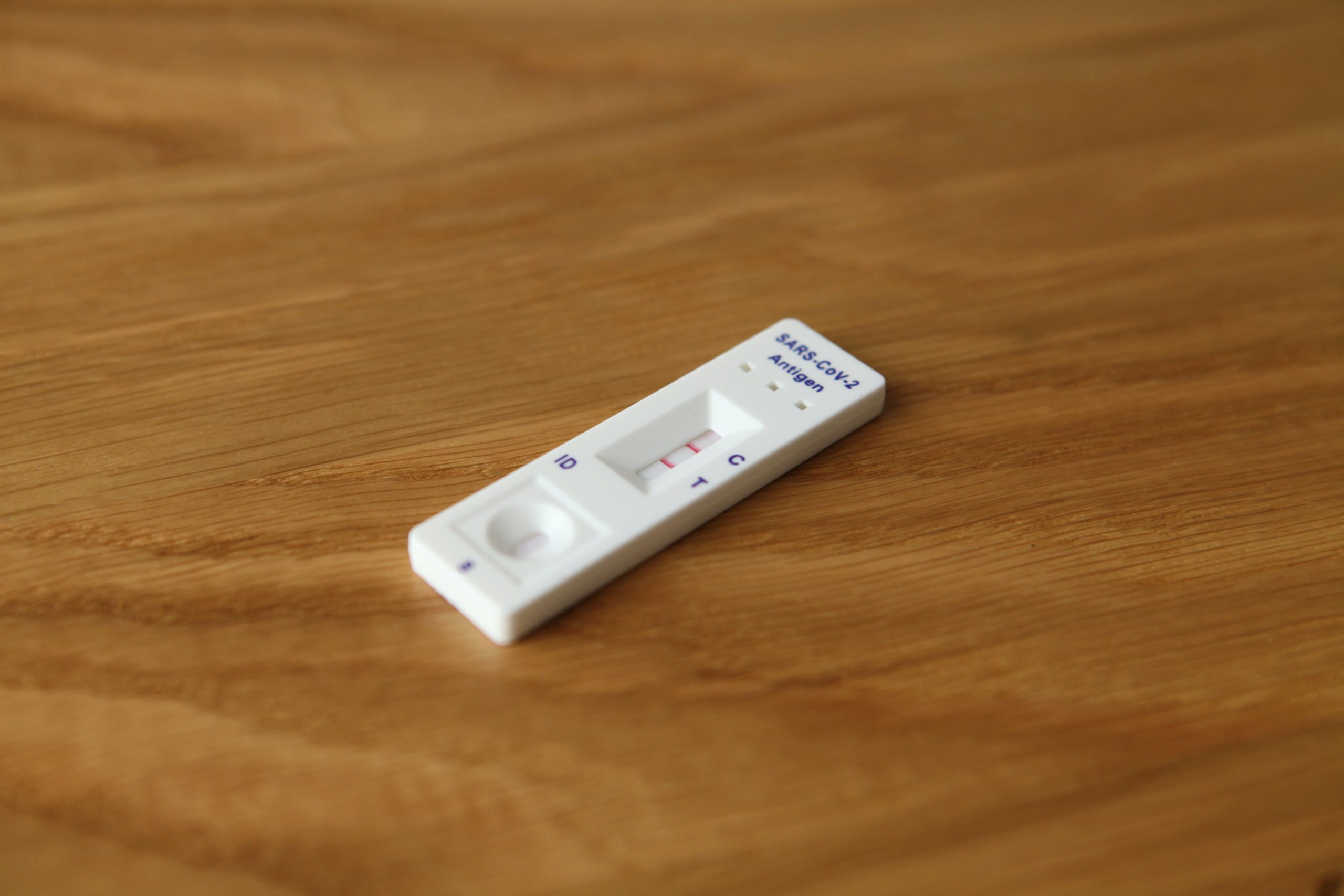Skift Take
Food and beverage, like many other features of events, will need to be adapted moving forward to ensure compliance with current health and safety guidelines. What will this look like as live events start to resume?
The ongoing global pandemic has forced eventprofs to rethink many aspects of events — much of what used to be in-person is now virtual, and venues that used to host thousands of attendees can now only accommodate a small fraction of that.
As more and more live and hybrid events start to take place, one of the most challenging and complicated elements to coordinate will be food and beverage (F&B). F&B is a key part of the event experience, but it’s also one of the most risky in the age of Covid-19.
During our recent Future of the Event Industry virtual event, Lenny Talarico, Director of Sales at Blueprint Studios, shared some useful insights on how F&B will need to change moving forward in order to ensure — to the best of our ability — a safe experience for everyone involved.
Creating a Safe Environment for F&B
Safely catering events — particularly indoors — in the current climate will require what Talarico refers to a “retooling of your specific products and the delivery process.”
First off, any food and beverage areas will need to have a clear flow of traffic to avoid too many people congregating in one place. Similarly, tables for seated meals will need to be placed the recommended six feet (or two meters) apart, with reduced capacity so that diners are also spaced out.
In terms of delivery method, it’s clear that self-serve buffets are not currently viable, and passed hors d’oeuvres or drinks pose similar risks. Individually serving meals to attendees is a better alternative, but it may also be a challenge depending on the event regulations.
For example, Las Vegas recently began allowing events of up to 1,000 people, provided that attendees are kept in separate groups of no more than 250 and that venue staff do not cross over from one group to another. This will be particularly tricky when it comes to catering, since waitstaff generally go back and forth from a centralized kitchen.
Talarico mentions that we’ll likely see a shift towards the “quick service restaurant” model, which would be a potential solution. If proper barriers and safety measures were put in place, this would enable attendees to place an order in a designated area — ideally through a contactless ordering method — and pick it up at the end of the line, without mingling with the catering staff.
Another potential option is to have attendees pre-select meals that will then be plated in advance, which is perhaps the safest option. However, Talarico emphasizes that this will also require high-quality and consistent offerings in order to be successful with attendees.
IN CONCLUSION
There’s no question that food and beverage as it was prior to the pandemic won’t be possible for quite some time. However, that doesn’t mean that it needs to be eliminated completely — it just might require a little extra creativity and a lot of extra logistical planning.
Just like for other parts of the event, closely following the most current health guidelines and clearly informing attendees of applicable safety measures will be key to implementing F&B at upcoming in-person gatherings.
